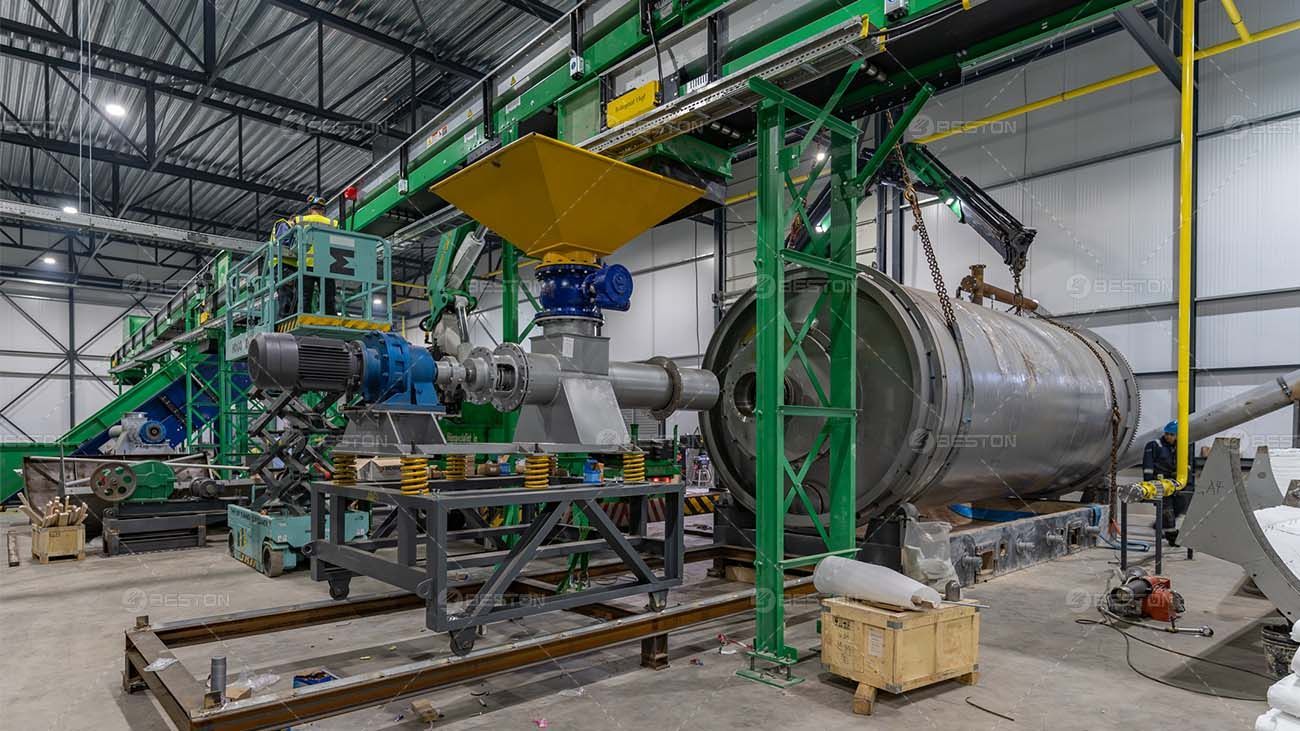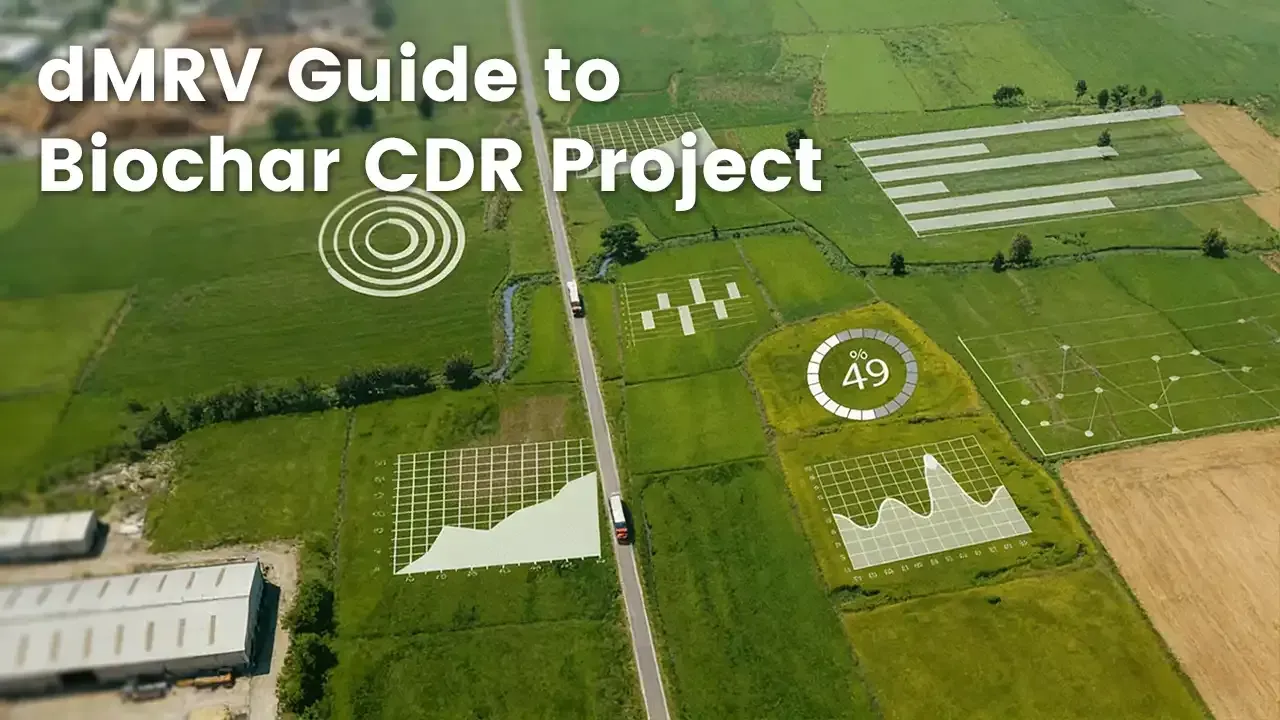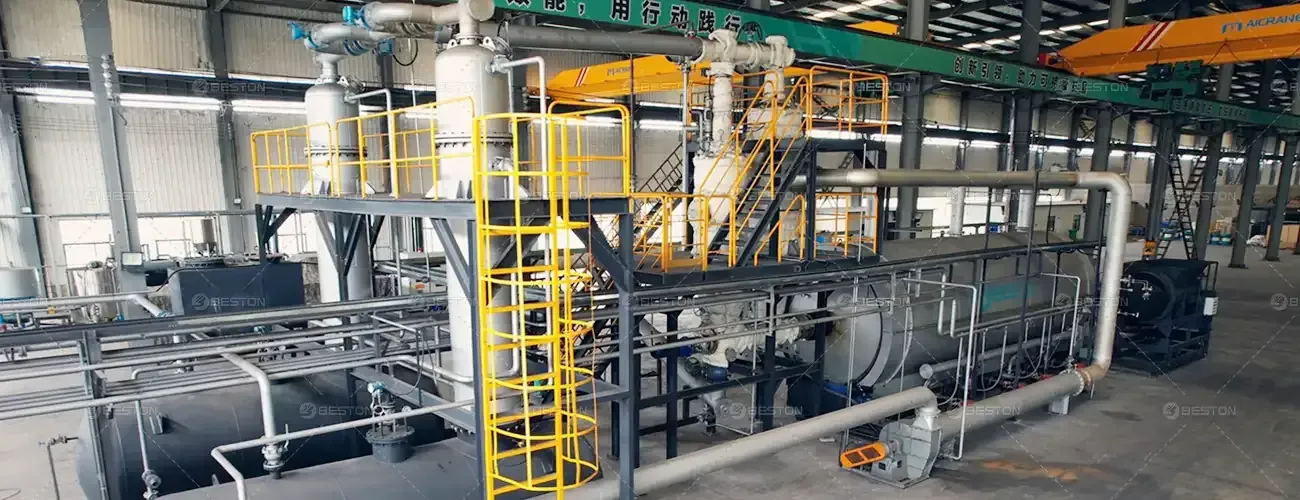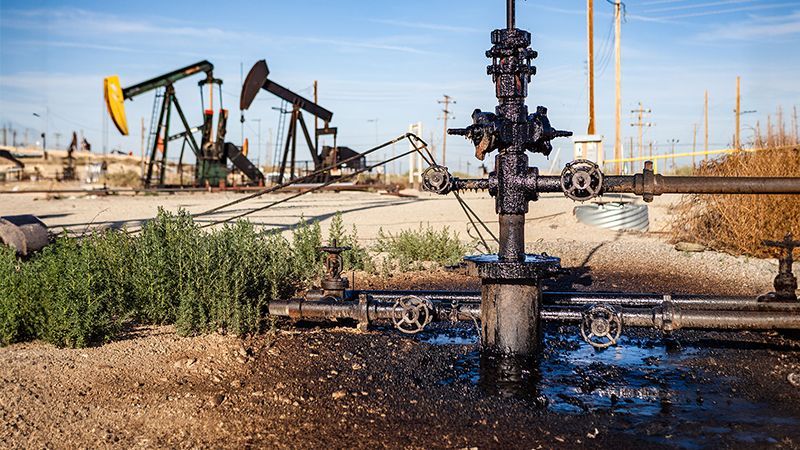Economic Analysis of Waste Pyrolysis Projects

Waste pyrolysis projects have gained significant traction as a sustainable solution for waste management and resource recovery. By converting various types of waste into valuable products through thermal decomposition, pyrolysis offers both environmental and economic benefits. This article provides a comprehensive economic analysis of waste pyrolysis projects, focusing on cost components, revenue streams, profitability, and investment considerations.
Overview of Pyrolysis Technology
Pyrolysis is a process that thermally decomposes organic materials at elevated temperatures in the absence of oxygen. The technology is versatile, capable of processing a wide range of waste types, including plastic, rubber, biomass, and municipal solid waste. The primary products of pyrolysis include pyrolysis oil, syngas, and char, each with potential economic value.
Cost Components of Pyrolysis Projects
The economic viability of waste pyrolysis projects depends on several cost components:
1. Capital Investment
Capital investment includes the costs associated with purchasing and installing the pyrolysis machine and related infrastructure. This encompasses the pyrolysis reactor, feedstock preparation equipment, product recovery systems, and ancillary facilities such as storage tanks and control systems. The scale of the project significantly influences the capital investment required, with larger plants necessitating higher upfront costs.
2. Feedstock Costs
Feedstock costs refer to the expenses incurred in acquiring and transporting waste materials to the pyrolysis facility. The cost of feedstock can vary based on its type, availability, and regional market conditions. In some cases, waste generators may pay pyrolysis operators to accept their waste, effectively turning feedstock costs into a revenue stream.
3. Operational Expenses
Operational expenses include labor, energy, maintenance, and other ongoing costs required to keep the pyrolysis plant running efficiently. Energy consumption is a critical factor, as pyrolysis is an energy-intensive process. Efficient energy management and optimization of the pyrolysis machine can help reduce operational expenses.
4. Regulatory Compliance
Compliance with environmental and safety regulations involves costs related to permitting, emissions control, and waste management. Pyrolysis plants must adhere to stringent standards to minimize environmental impact and ensure safe operations. Regulatory compliance costs can vary depending on the location and regulatory framework.
Revenue Streams
Revenue generation from pyrolysis projects primarily comes from the sale of pyrolysis products and byproducts:
1. Pyrolysis Oil
Pyrolysis oil, also known as bio-oil or synthetic crude, is a valuable product that can be refined into various fuels and chemicals. The market price of pyrolysis oil depends on its quality and composition, as well as prevailing prices for conventional fuels. Pyrolysis oil can be sold directly to refineries or used as a fuel for industrial processes.
2. Syngas
Syngas, a mixture of hydrogen, carbon monoxide, and other gases, can be used as a fuel for power generation or as a feedstock for chemical synthesis. The calorific value of syngas determines its market value, and its utilization can offset the energy costs of the pyrolysis process.
3. Char
Char, the solid residue from pyrolysis, has several applications, including as a soil amendment, activated carbon, or a substitute for coal in industrial processes. The market demand for char varies based on its properties and the end-use applications. High-quality char can command a premium price.
4. Tipping Fees
In some regions, waste generators pay pyrolysis operators to accept and process their waste, known as tipping fees. This provides an additional revenue stream for the pyrolysis plant. Tipping fees are particularly relevant for municipal solid waste and industrial waste streams.
Profitability Analysis
To assess the profitability of waste pyrolysis projects, it is essential to consider both cost and revenue components in a comprehensive financial model:
1. Break-Even Analysis
A break-even analysis helps determine the minimum operational scale required for the pyrolysis plant to cover its costs. This involves calculating the break-even point where total revenues equal total costs. Key variables include feedstock costs, product yields, and market prices for pyrolysis products.
2. Return on Investment (ROI)
ROI measures the profitability of the pyrolysis project by comparing the net profit to the initial capital investment. A higher ROI indicates a more attractive investment opportunity. Factors influencing ROI include the efficiency of the pyrolysis machine, operational efficiency, and market conditions.
3. Sensitivity Analysis
Sensitivity analysis examines the impact of changes in key variables on the project's profitability. This includes variations in feedstock costs, product prices, and operational expenses. Sensitivity analysis helps identify the most critical factors affecting economic performance and guides risk management strategies.
Investment Considerations
Investing in waste pyrolysis projects requires careful consideration of various factors:
1. Technology Selection
The choice of pyrolysis technology significantly impacts the project's economic viability. Factors to consider include the efficiency, scalability, and reliability of the pyrolysis machine. Advanced pyrolysis technologies with higher yields and lower energy consumption offer better economic performance.
2. Market Demand
The demand for pyrolysis products, such as pyrolysis oil, syngas, and char, influences revenue potential. Understanding market trends, pricing dynamics, and potential buyers is crucial for developing a viable business plan. Long-term contracts with buyers can provide revenue stability.
3. Regulatory Environment
The regulatory environment affects both the costs and operational feasibility of pyrolysis projects. Compliance with environmental regulations, permitting requirements, and emissions standards must be factored into the economic analysis. Engaging with regulatory authorities early in the project can facilitate smoother approvals.
4. Financing Options
Securing financing for pyrolysis projects can involve a mix of equity, debt, and grants. Evaluating the cost of capital and financing terms is essential for optimizing the financial structure of the project. Government incentives and subsidies for renewable energy and waste management projects can enhance financial viability.
Case Studies and Examples
Examining case studies of successful waste pyrolysis projects provides valuable insights into best practices and lessons learned:
1. Urban Waste Management
A city in Europe implemented a waste pyrolysis project to manage municipal solid waste. The project utilized a state-of-the-art pyrolysis machine to process mixed plastic waste, producing pyrolysis oil and char. The revenue from tipping fees and the sale of pyrolysis oil helped achieve a break-even point within three years, demonstrating the economic feasibility of urban waste pyrolysis projects.
2. Industrial Waste Recycling
An industrial park in Asia adopted pyrolysis technology to recycle rubber waste from tire manufacturing. The pyrolysis process generated high-quality pyrolysis oil, which was sold to local refineries. The project benefited from low feedstock costs and high demand for recycled oil, resulting in an attractive ROI for investors.
3. Agricultural Waste Utilization
A rural community in North America utilized a small-scale pyrolysis plant to process agricultural waste, such as crop residues and animal manure. The project produced biochar, which was used as a soil amendment to improve soil fertility. The dual benefits of waste management and agricultural productivity enhancement made the project economically viable.
Future Prospects
The future of waste pyrolysis projects is promising, with several trends and developments shaping the industry:
1. Technological Innovations
Advancements in pyrolysis technology, including improvements in reactor design, process control, and product recovery, are expected to enhance the efficiency and economic performance of pyrolysis projects. Innovations such as catalytic pyrolysis and hybrid systems can further optimize product yields and quality.
2. Circular Economy Integration
Waste pyrolysis aligns with the principles of the circular economy, promoting resource recovery and waste minimization. As circular economy initiatives gain momentum globally, the demand for sustainable waste management solutions, including pyrolysis, is likely to increase.
3. Policy Support
Government policies and regulations that support renewable energy and waste management can drive the growth of pyrolysis projects. Incentives such as tax credits, subsidies, and grants can improve the financial attractiveness of pyrolysis investments.
4. Collaboration and Partnerships
Collaboration among stakeholders, including waste generators, pyrolysis technology providers, investors, and regulatory authorities, is essential for the success of pyrolysis projects. Partnerships can facilitate knowledge sharing, risk mitigation, and market access, enhancing the overall economic viability of pyrolysis projects.
Conclusion
The economic analysis of waste pyrolysis projects reveals a complex interplay of cost components, revenue streams, and investment considerations. By leveraging advanced pyrolysis technology, efficient operations, and strategic market positioning, waste pyrolysis projects can achieve economic viability and contribute to sustainable waste management. As the industry evolves, continued innovation, supportive policies, and collaborative efforts will drive the growth and success of waste pyrolysis projects, making them a cornerstone of the circular economy.



